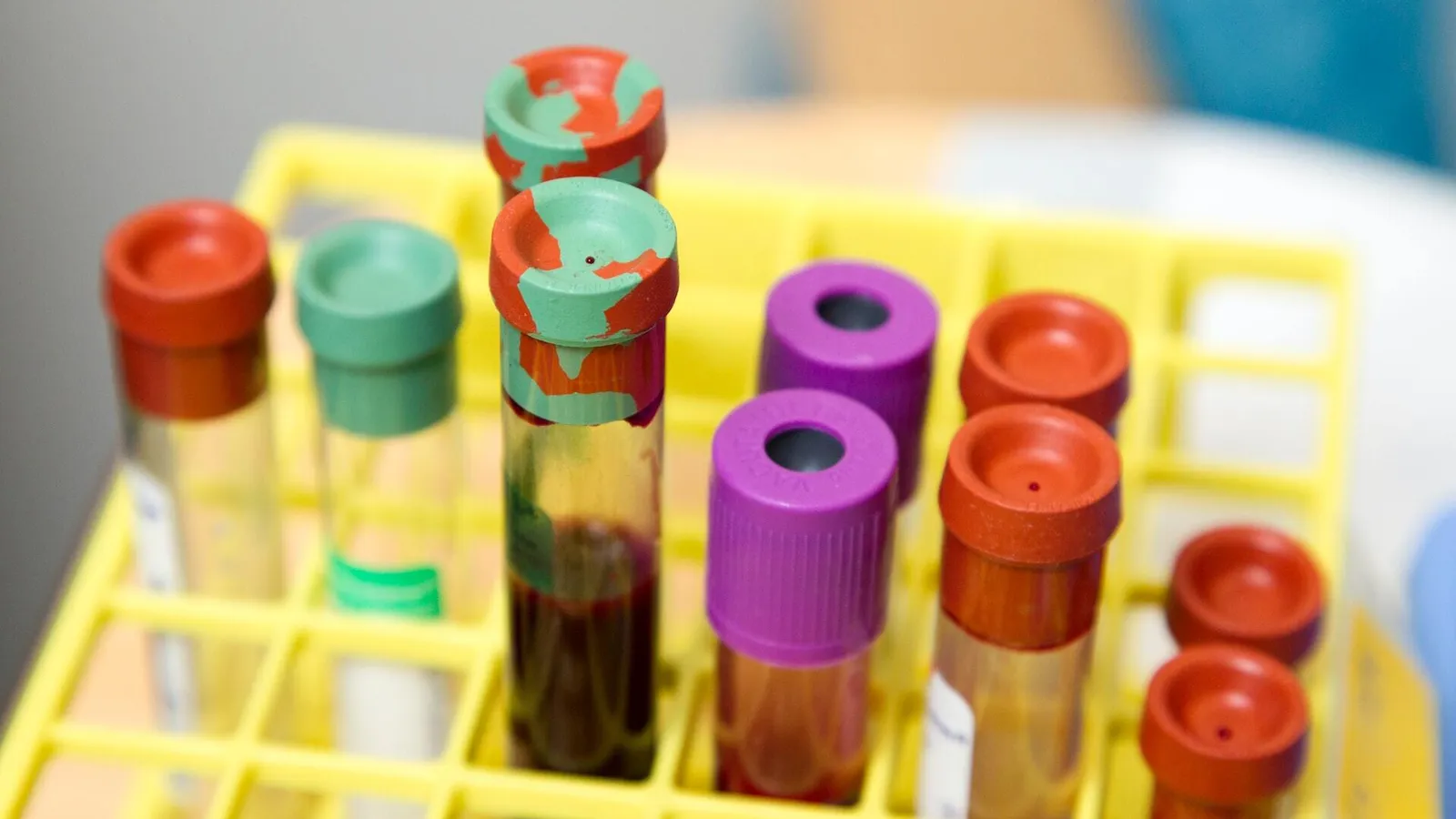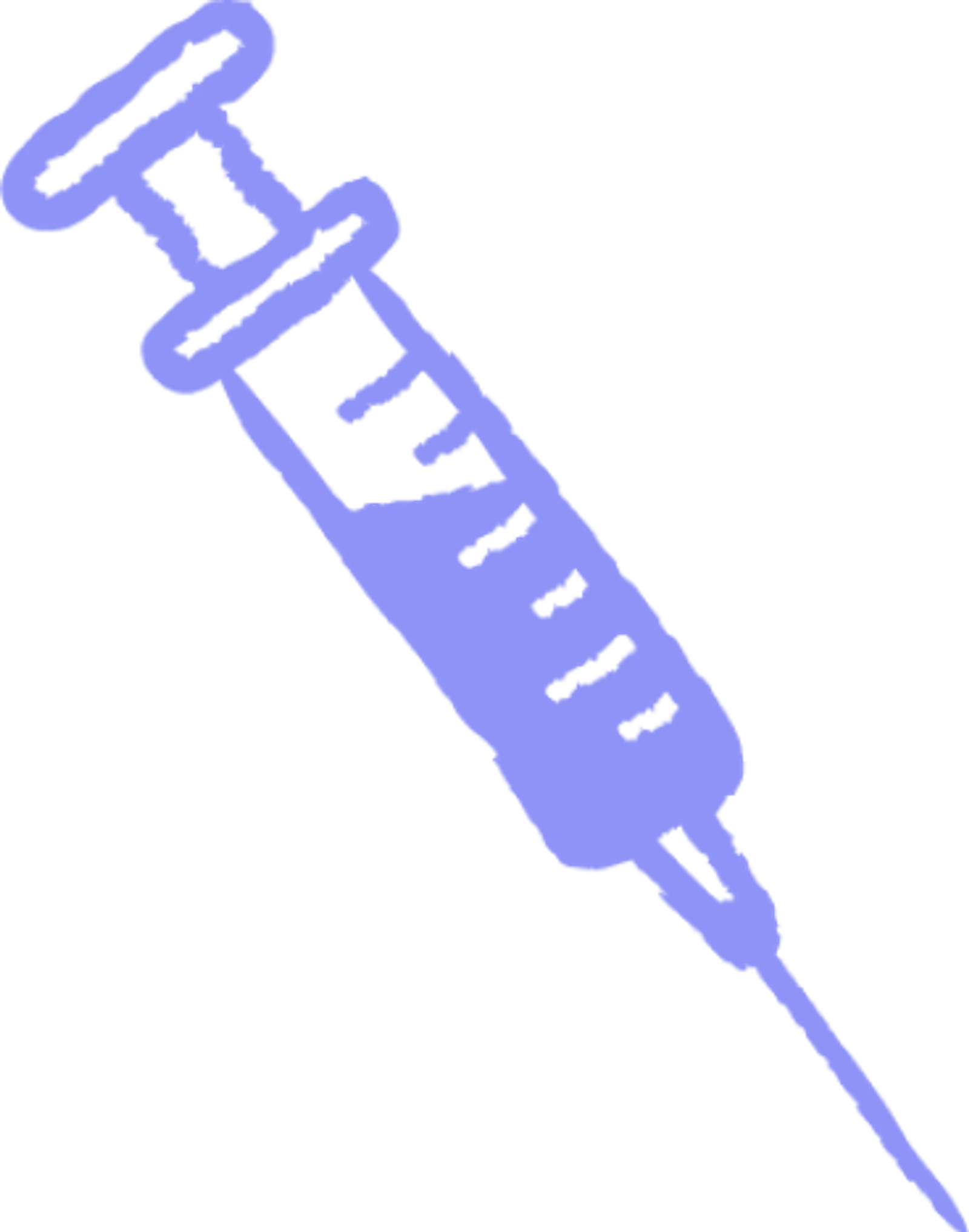Plasma 101
Who: Eligible donors between 18 and 64 can earn up to $560 a month in NY and up to $770 a month in FL.
What: Plasma is the yellow part of your blood that replenishes naturally.
Where: Queens, Brooklyn, The Bronx (NY), and Ft. Pierce (FL).
Why: Get paid to donate and help treat bleeding disorders, immune deficiencies, and more.
When: No appointment needed—walk in anytime before closing.
How Many Times Can I Donate My Plasma?

How Many Times Can I Donate My Plasma?
Donating plasma isn’t just a way to help your fellow human. It’s also a great way to earn cash. Private companies like Olgam Life allow people to donate up to twice a week, so you could really earn some easy money to supplement your income.
We want our plasma donors to get the most out of each donation and leave the center feeling upbeat and happy. So we need to ensure you only donate as much as your body can handle for your safety and to ensure we collect good quality plasma for those who need it. Read on to find out how many times you can donate your plasma.
How frequently can I donate plasma?
The American Red Cross advises that plasma donors can only donate every 28 days, which equates to 13 times a year. But hundreds of private plasma organizations allow people to donate more frequently and generally offer payment for donations.
At plasma donation organization Olgam Life, provided you pass all the necessary checks and screenings, you can donate plasma twice every seven days. But you need to take a break of 24 hours between each donation. You can earn up to $70 in NYC and $100 in Florida for each donation.
Not all plasma donation centers are the same when it comes to compensation. Olgam Life is one of the most potentially lucrative organizations you can donate plasma to in New York City. See a comparison below of other plasma donation centers in NYC.
Organization | Limit to donation frequency | Potential number of annual donations | Annual earning potential |
Olgam Life | Twice every seven days (with a break of 24 hours minimum). | 104 | $7,280 in NYC and $10,400 in Florida. |
New York Blood Center | Every 28 days. | 13 | 244 advantage points redeemable for gifts and gift cards. The minimum point spend is 600. |
Thplasma | Two donations a week. | 104 | £5,200 (in March 2021). |
CSL Plasma | Twice every seven days. | 104 | Up to $500 on your first month in rewards points. |
Want to know more about donating your plasma? Check our FAQs or give us a call to speak to a friendly member of the team. Find a donation center near you in New York City or Florida.
Why is there a limit to how often you can donate plasma?
Your body always works with a set amount of plasma—enough to do all the jobs it needs to do properly. When you donate, your body needs to regenerate the lost plasma. It does this by taking salts and water from the digestive tract (the reason it’s so important to be hydrated before and after your donation).
Biologically speaking, it takes the body between 24 and 48 hours to completely regenerate blood plasma. Plasma donation frequency is regulated to ensure donors can regenerate their plasma before donating again. But the FDA Guide to Inspections of Source Plasma Establishments imposes that there should be no more than two donations in seven days, with each donation no less than 24 hours apart. The FDA also states the following.
“Collecting from donors in less than 48 hours is acceptable if the donations are two calendar days apart. Also acceptable is once in four or more weeks for infrequent Source Plasma donors. Donors with rare transitory antibodies may be plasmapheresed within 8 weeks of Whole Blood donation or after an inadvertent loss of a volume of red blood cells that would otherwise require an eight week deferral only if examined and certified by a physician to be acceptable for plasmapheresis.”
The FDA imposes these rules to regulate the practice of donating plasma to ensure donors are protected and can recover and regenerate plasma fully, bringing the side effects of donating to a minimum.
A donation of whole blood is heavier on the body because it needs to restore components like blood cells and platelets made from stem cells produced in the bone marrow. Because of this, you generally need to wait 56 days to make a whole blood donation again, whereas you can donate plasma much more frequently. This means you could potentially get paid more to donate plasma vs. whole blood.
The more frequently you donate plasma, the more you have to look after your body to ensure your plasma stays top quality. A 2010 study on the frequency of plasma donations found that more frequent donors were found to show less albumin, protein, and blood markers than those who donated less frequently.
Find out exactly what to do and not do before donating plasma to ensure your plasma is as nutrient-rich as possible.
Why might you be deferred from donating plasma?
Ensuring you stay fit and healthy allows your body to produce better quality plasma and recover more quickly after a donation meaning you can get on with life and get ready for your next donor appointment. If you’re not healthy enough, you could even be deferred from donating until you’re in a better state to donate.
Here are some of the reasons you could be deferred or even excluded from donating plasma.
Abnormal heart rate
The resting pulse of a healthy adult is generally between 60 and 100 beats per minute (BPM). A pulse that is too fast could indicate high blood pressure, an abnormal heart rhythm, or some other condition that could put you at risk when your plasma is collected. A heightened heart rate could also simply be the result of nerves about the donation process, so it may help to take some deep breaths and tell someone at the donation center so they are aware.
Abnormal blood pressure
Blood pressure is measured by two values: diastolic (pressure when the heart beats) and systolic (pressure when the heart rests). Normal blood pressure for a healthy adult should be under 180 (systolic) / 100 (diastolic), as the American Red Cross recommends. High blood pressure is a concern, but it’s also important to ensure it isn’t too low either. It should generally be above 90 (systolic) / 50 (diastolic).
Hematocrit levels
Hematocrit level is the number of red blood cells in the whole blood. Red blood cells are vital for transporting oxygen from the lungs to other parts of the body. Low hematocrit levels could indicate a deficiency or condition like anemia. If you don’t have a high enough hematocrit level, it could be dangerous for you to donate plasma. This is because we remove a portion of your red blood cells in the process, and your body needs to support itself with fewer red blood cells for a short time before we reintroduce them.
The FDA requires donors to have a hematocrit level of 38% or higher to donate.
Are you recovering from Covid-19 but testing negative? Find out how you could help patients with your plasma.
So, How often can you donate plasma?
Hopefully we've answered all your questions in this article, but if not - feel free to reach out to us via email info@olgam.com
















